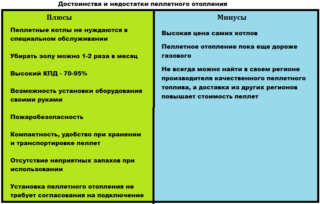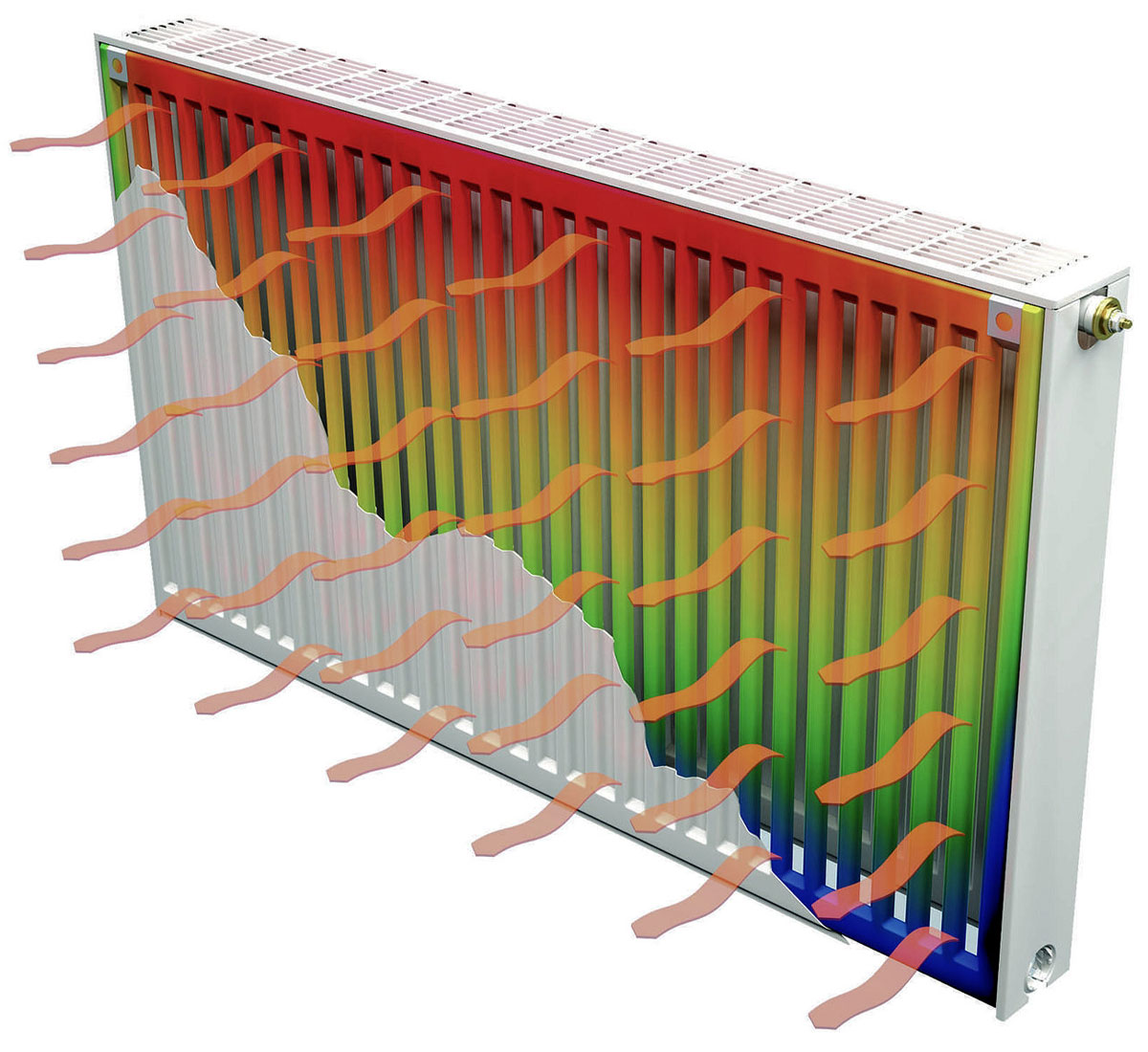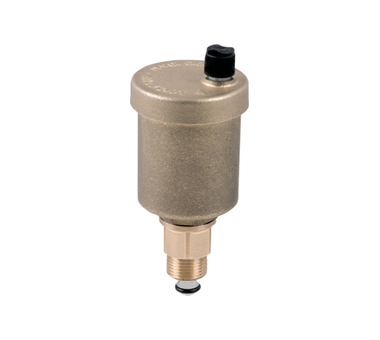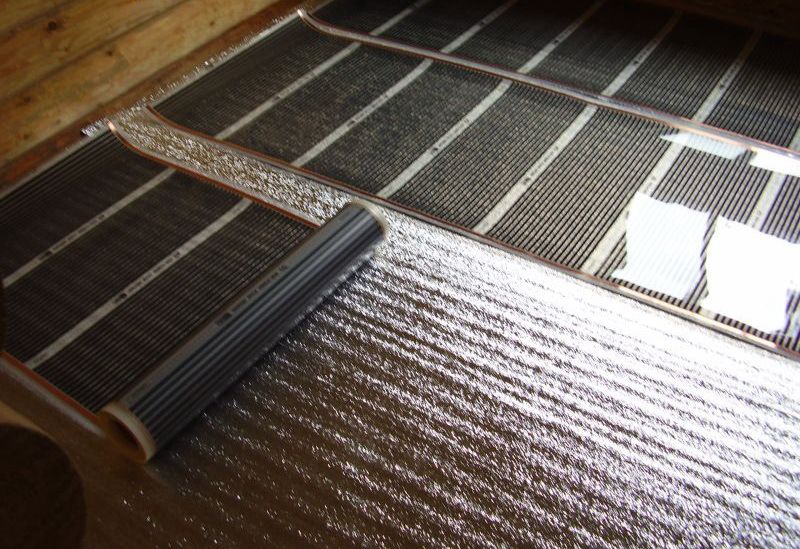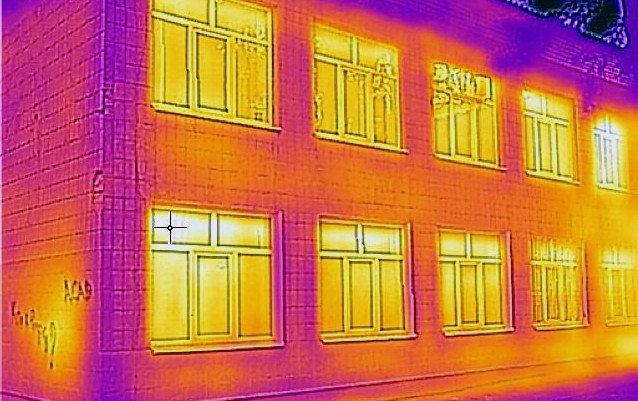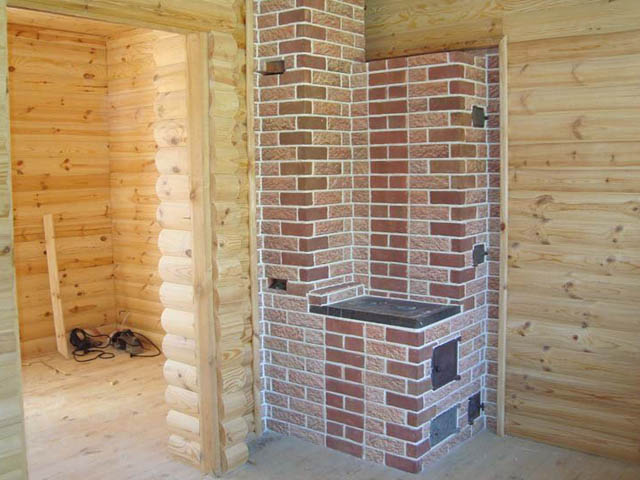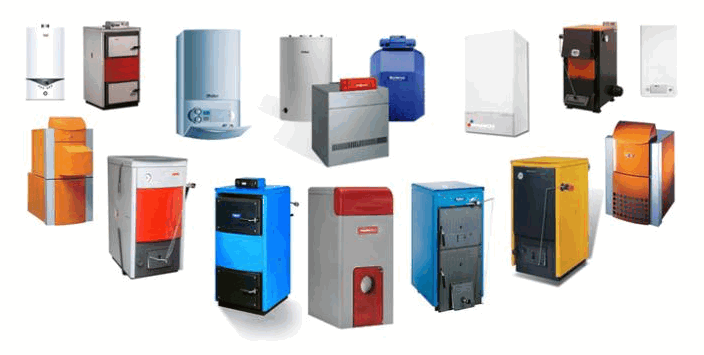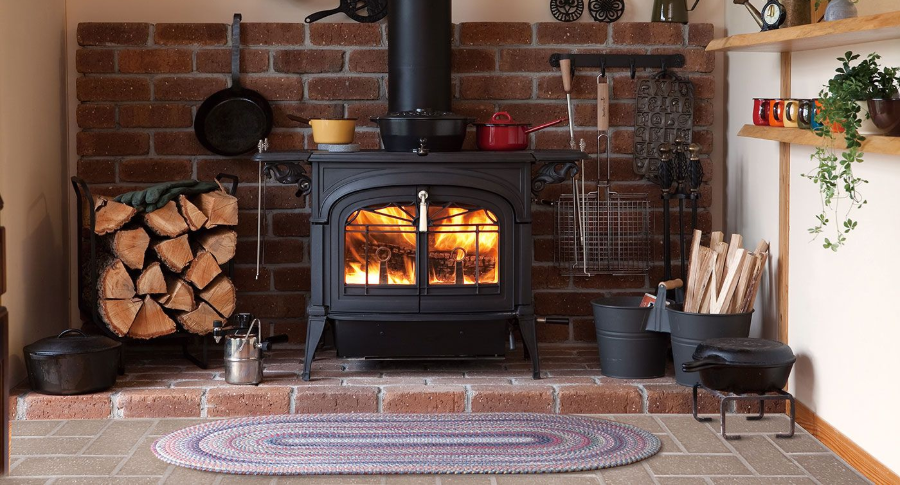When creating a heating system, great attention is paid to the choice of fuel. Many are considering the option with biological raw materials, which include pellets. This is a waste of woodworking industry, which undergoes special processing. To switch to heating with pellets, you need to familiarize yourself with their properties, characteristics and advantages. Such heating is used in the country, in private houses.
Description of raw materials
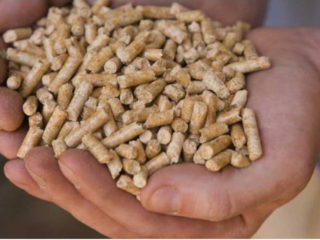
Pellets are wood pellets treated with a special material. In fact, they are waste of woodworking production. Pellets are environmentally friendly natural raw materials, which do not contain hazardous chemicals and compounds. They are non-toxic and safe for health and the environment.
The best raw materials for making pellets are sawdust, cuttings, shavings, slabs, wood flour and other waste. Depending on the type of wood, granules can be white, black, gray. Farmers can create pellets from hay, sunflower husks, reeds, rice husks and other agricultural waste. Their processing is not difficult and does not require special equipment. You can also produce pellets from peat. This is a more costly process as it requires special equipment and good resources.
The main parameters are:
- Ash content. The lower it is, the better for the boiler - it does not require frequent cleaning.
- Humidity. The amount of water in the pellets is about 60.
- The total length of the granules.
- Density.
- Bulk weight.
- Abrasion class.
Properties also depend on the rock from which the fuel is made.
Manufacturing technology
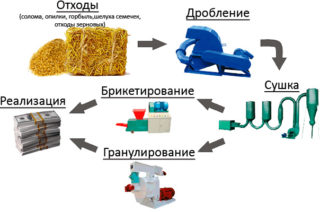
The main point of production is drying and extracting wood waste to a certain fraction under a pressure of 300 atmospheres. The use of glue and other bonding additives is prohibited.
Production requires the following equipment:
- Crushers. They allow you to grind raw materials to a certain fraction.
- Dryer. Reduces moisture levels to a predetermined level.
- Hammer mills, shaving machines or disintegrators. Allows to obtain fractions up to 4 mm in size.
- Screw mixers.
- Press.
Production stages:
- Drying the rock to a certain percentage of moisture. The value is set in advance. High-quality fuel contains a minimum of liquid, which makes heating your home more efficient.
- Shredding. Raw materials are sent to a crusher, where they are crushed to a given fraction.
- Pressing. The pellets are sent to a pellet press, which collects them into pellets. This process is also called pelletizing. Special dies and molds are used for pressing.
- Cooling.
- Packing and sending to the consumer.
Also, regrinding and water treatment can be carried out before pressing. It depends on the type and quality of the raw materials.
When the cooling process is completed, fine particles are sieved and sent for recycling. This allows us to make production practically waste-free.
On average, the production of one ton of pellets requires about three to five cubic meters of wood. Compaction occurs three times. The preparation of one ton of fuel will require about 30-50 kW / h of energy.
Benefits of pellets
The positive qualities of raw materials include:
- Environmental friendliness.Pellets are made from natural materials, so they are safe for the environment and human health.
- Cost. Pellets are more expensive than wood, but their price is lower than that of other types of fuel.
- Low ash content. During the season, the average ash production is 20 kg.
- Possibility of ash recycling.
- Simplicity and ease of storage.
- High efficiency of a pellet-fired plant. High thermal conductivity.
- No combustion control required.
- Depending on the model of the stove, the fuel supply may be sufficient for the entire season.
Of the shortcomings, only a higher price is distinguished than that of firewood. Machinery operating from this type of raw material requires more complex maintenance, which increases the cost of use.
Difference from firewood
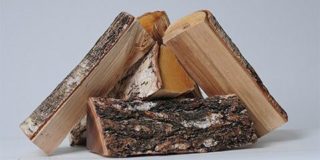
Both fuels are manufactured from the same materials. But the combustion process is different for them. This is due to the fact that the wood is more humid, which is why part of the energy is spent on evaporation of moisture. Only after this does combustion occur. It also contains ash, which is a non-combustible ash. Pellets consist of the same parts, but in different proportions. There is about 5% water in them, so less time is required for evaporation, all the energy will be spent on heating.
The density of pellets is higher than that of wood. For this reason, fewer of them are required for heating. Burning 1600 kg of wood produces the same amount of heat as when using 1000 kg of pellets.
Fuel consumption
Raw materials are sold in bags with a specific volume. This makes it possible to simplify the calculation of the required amount of pellets per 1 sq. M. and 1 kW of energy. It is possible to correctly calculate pellet heating in several steps, as a result of which the user will receive monthly waste of fuel for heating and will be able to find out the average cost.
First you need to find out how much heat is given by 1 kg of granules. Part of the energy is sent to the chimney pipe. As a result, the heat of combustion of the particles is multiplied by the efficiency of the generator.
To generate 1 kW of energy, a certain amount of fuel is required. To do this, you need to divide 1 kW by the obtained value of the amount of heat.
On average, for heating a house with an area of 100 sq. M. requires about 5 kW of energy per hour. Heat consumption per day is 5 kW * 24 h = 120 kW. For a month, you get 120 kW * 30 days = 3600 kW. This value is multiplied by the calorific value and the weight of the pellets is obtained, which will be used per month.
From these values, you can find out the daily consumption and other values for any area.
Features of pellet boilers
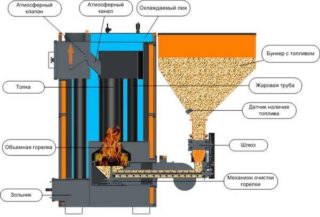
Pellet boilers are characterized by high efficiency and high cost. The design of such a device has the following components:
- Compartment. It is filled with pellets for heating. It can be built-in and external.
- Pellet feeding mechanism. Screw and pneumatic systems are used.
- Automatic ignition module. Allocate lambda probes, control systems via a local line, GSM, monitoring via the Internet.
- Burner. There are different types - torch, fireplace, volumetric combustion. They differ in principle of action, shape and temperature regime.
- Sensor control module. Sensors are responsible for maintaining the temperature regime.
Due to the presence of sophisticated and high-quality automation, pellet boilers are also popular. This allows them to be conveniently operated without the need for constant monitoring.
Features of the device directly depend on the quality of the granules. When buying cheap fuel, there is a risk of deteriorating boiler performance. The technique depends on electrical energy, the failures of which also lead to difficulties in work. The service life is on average 20 years or more.
The main disadvantage of pellet boilers is the high cost of equipment and maintenance.
Specialist recommendations
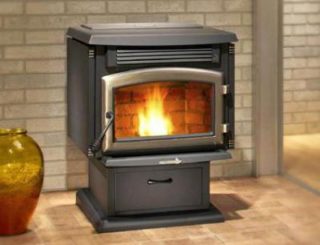
If you want to purchase a pellet boiler, you should study the opinion of professionals.High-quality devices are ways to heat and provide hot water to the whole building.
Basic tips:
- The boiler requires periodic cleaning, otherwise its efficiency will decrease. It is also important to add granules to the hopper on time and check the draft in the chimney.
- Pellets are stored in a dry room in a house or overwater building.
- When choosing a fuel, you need to pay attention to the dimensions. The average length does not exceed 50 mm, the diameter is about 6 mm. The elements must be smooth.
- When self-manufacturing fuel, you should know in advance on what equipment it can be made. Rice husks require serious costs and efforts due to the presence of silicon in the composition, which leads to rapid wear of equipment.
- A quality pellet boiler requires financial costs. Its price cannot be low due to materials and manufacturing technology. It is important to buy equipment in a specialized store and choose equipment from well-known trusted brands.
There are pellet fireplaces. Such a device uses fire-resistant protective glass, which prevents fire from entering the room. The selection criteria are the same as for the boiler, plus the style of the appliance itself.

